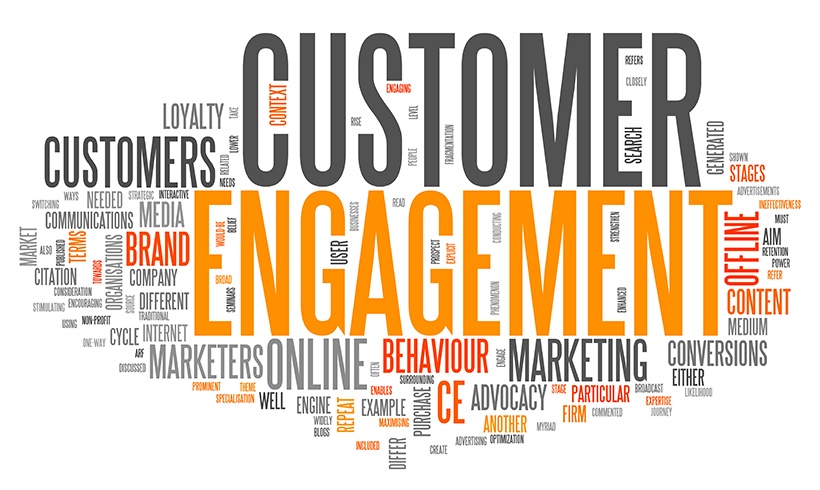1. Understand Your Audience:
- Segmentation: Identify and segment your target audience based on demographics, needs, and preferences.
- Persona Development: Create detailed buyer personas to understand the challenges, motivations, and communication preferences of your prospects.
2. Multi-Channel Outreach:
- Diversify Communication Channels: Utilize a mix of channels such as email, phone calls, social media, and direct mail to reach prospects.
- Integrated Marketing Campaigns: Coordinate messages across various channels for a cohesive and impactful outreach strategy.
3. Personalized Messaging:
- Tailor Communication: Craft personalized messages based on prospect data and preferences.
- Highlight Benefits: Clearly articulate the value proposition and benefits of your insurance offerings tailored to each prospect's needs.
4. Educational Content:
- Content Marketing: Develop and share informative content through blogs, webinars, and whitepapers to position your agency as an industry expert.
- Training Resources: Provide educational resources to help prospects understand complex insurance concepts.
5. Automation and Technology:
- CRM Systems: Implement Customer Relationship Management (CRM) systems to track interactions, automate tasks, and streamline communication.
- Chatbots: Integrate chatbots on your website to provide instant responses and gather preliminary information from prospects.
6. Data Analytics:
- Utilize Data Insights: Leverage data analytics to identify trends, track prospect engagement, and refine your strategies.
- Predictive Analytics: Use predictive analytics to anticipate customer needs and optimize your outreach efforts.
7. Relationship Building:
- Networking: Attend industry events, join online forums, and actively participate in networking opportunities to build relationships.
- Client Advocacy: Encourage satisfied clients to become advocates and share positive experiences with potential prospects.
8. Responsive Customer Service:
- Quick Response: Ensure timely and responsive communication to inquiries and concerns.
- Feedback Loops: Establish feedback mechanisms to continuously improve your engagement strategies based on customer input.
9. Regulatory Compliance:
- Stay Informed: Stay updated on industry regulations and compliance standards to ensure all communication aligns with legal requirements.
- Transparent Communication: Clearly communicate any regulatory changes that may impact prospects or clients.
10. Continuous Improvement:
- Metrics and KPIs: Define key performance indicators (KPIs) to measure the success of your engagement strategies.
- Regular Review: Conduct regular reviews of your playbook, update strategies based on performance metrics, and adapt to industry changes.
Creating a comprehensive playbook involves continuous refinement and adaptation to the evolving landscape of the insurance industry. Regularly assess the effectiveness of your strategies and make adjustments accordingly to stay competitive and deliver value to your clients.
